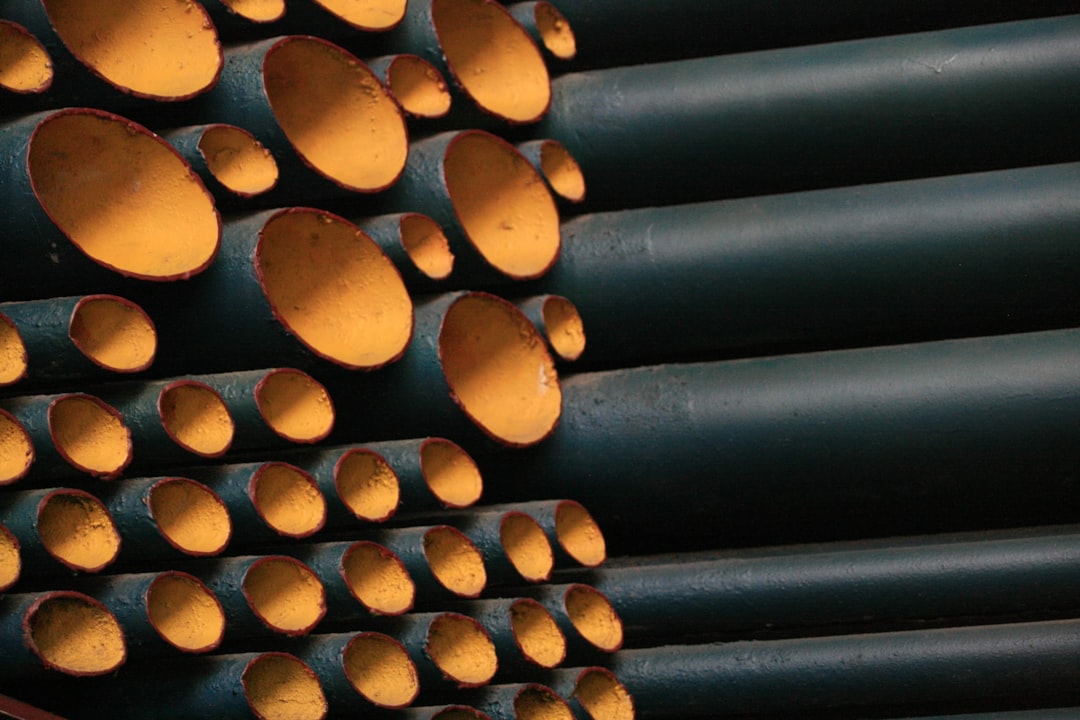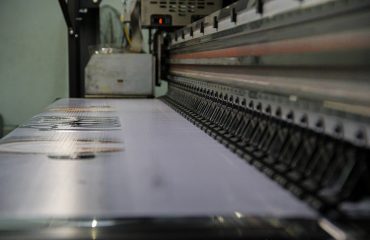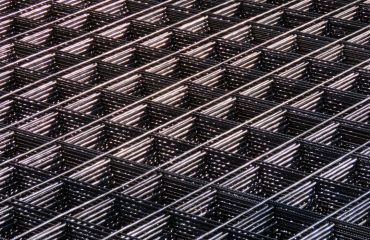Choosing the right pipe for your project is crucial for ensuring structural integrity, longevity, and safety. Two common manufacturing processes significantly impact a pipe’s properties: hot-finishing and heat treatment. This guide delves into the differences between hot-finished and heat-treated pipes, helping you understand their unique characteristics and applications.
1. The Hot-Finishing Process: Strength and Economy
Hot-finishing is a primary steel pipe manufacturing process where steel is heated to a high temperature, typically above its recrystallization temperature, making it malleable. This allows for seamless rolling or forming into the desired pipe dimensions. The high temperature also helps to refine the grain structure, improving the overall strength and ductility of the pipe. After shaping, the pipe is cooled relatively slowly. This process is cost-effective, making hot-finished pipes a popular choice for various applications where high strength and toughness aren’t paramount.
Advantages of Hot-Finished Pipes:
- Cost-effective production
- Good strength and ductility
- Large diameter and wall thickness options available
- Suitable for a wide range of applications
Disadvantages of Hot-Finished Pipes:
- Lower yield strength compared to heat-treated pipes
- May not be suitable for high-stress applications
- Surface finish might be rougher than heat-treated pipes
2. Heat Treatment: Enhancing Mechanical Properties
Heat treatment is a secondary process applied to enhance the mechanical properties of already formed pipes, often hot-finished pipes. This involves carefully controlling the heating and cooling rates of the steel to alter its microstructure. Different heat treatment processes, such as annealing, normalizing, quenching, and tempering, can be used to achieve specific properties like increased strength, hardness, toughness, or ductility. The exact process depends on the desired outcome and the type of steel used.
Common Heat Treatment Processes:
- Annealing: Reduces internal stresses and improves ductility.
- Normalizing: Refines the grain structure and improves strength and toughness.
- Quenching and Tempering: A combination process that increases hardness and strength, followed by tempering to relieve internal stresses and improve toughness.
3. Comparing Hot-Finished and Heat-Treated Pipes: Key Differences
The primary difference lies in the level of controlled manipulation of the steel’s microstructure. Hot-finishing focuses on shaping the pipe, while heat treatment refines and modifies the material’s properties after shaping. This leads to significant variations in mechanical properties. Heat-treated pipes generally exhibit higher yield strength, tensile strength, and hardness compared to their hot-finished counterparts. However, this enhanced performance comes at a higher cost.
| Property | Hot-Finished Pipe | Heat-Treated Pipe |
|---|---|---|
| Yield Strength | Lower | Higher |
| Tensile Strength | Lower | Higher |
| Hardness | Lower | Higher |
| Ductility | Higher | Lower (depending on the heat treatment) |
| Cost | Lower | Higher |
4. Applications of Hot-Finished and Heat-Treated Pipes
The choice between hot-finished and heat-treated pipes depends heavily on the intended application. Hot-finished pipes are suitable for applications requiring good strength and ductility but not necessarily high yield strength. Examples include:
- Water and gas pipelines
- Structural applications with moderate stress levels
- General construction purposes
Heat-treated pipes, on the other hand, are preferred for applications demanding high strength, hardness, and resistance to wear and tear. These include:
- High-pressure pipelines
- Heavy machinery and equipment
- Applications requiring high resistance to fatigue and impact
- Oil and gas industry applications
5. Selecting the Right Pipe: Considerations and Factors
Selecting the appropriate pipe involves careful consideration of several factors:
- Application requirements: Determine the pressure, temperature, and stress levels the pipe will experience.
- Material properties: Choose a material with the necessary strength, ductility, and corrosion resistance.
- Cost: Balance performance requirements with budget constraints.
- Availability: Consider the availability of different pipe types and sizes in your region.
- Industry standards and regulations: Ensure compliance with relevant codes and standards.
Consulting with experienced engineers and material specialists is crucial to make an informed decision about the most suitable pipe for your specific project.
Conclusion: Understanding the distinctions between hot-finished and heat-treated pipes is essential for selecting the right material for any project. By carefully considering the application requirements, material properties, and cost factors, you can ensure the structural integrity, longevity, and safety of your project.
Tags: hot-finished pipes, heat-treated pipes, steel pipes, pipe manufacturing, mechanical properties, pipe selection, engineering materials, construction materials, pipeline engineering




